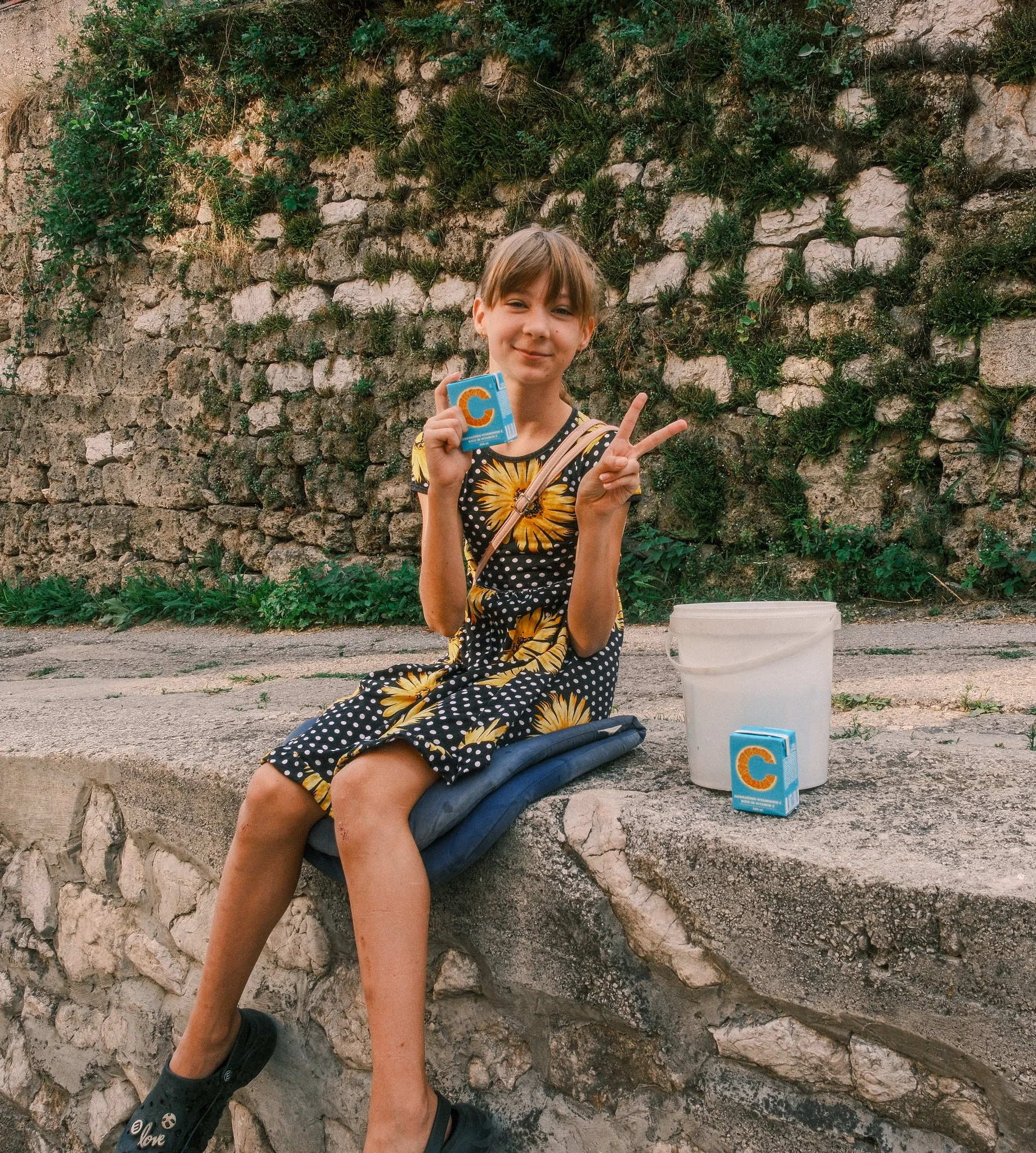Bosnia Trip
Starri Mostar Bridge
Bosnia is a country that Allah (SWT) preserved against all odds. Its people are resilient, loving, and kind. The rivers and lakes are turquoise in color. Fruits grow out of every crevice; grapes hang from balconies, and blueberries and apples are yours for the picking. Despite this Jannah on Earth, the Muslims here underwent severe trials and persevered.
Sarajevo was known as the Jerusalem of Europe. It is living proof that Muslims and Christians can live side by side and build a better future. Unfortunately, others did not share this belief. In 1992, after Yugoslavia split into several countries, Bosnian Muslims were denied their independence and placed under siege by their Serbian and some Croatian neighbors.
Tunnel of Hope.
All around Bosnia, incidents of genocide occurred. The term “ethnic cleansing” was coined for these massacres. The city of Sarajevo was placed under one of the longest sieges in modern history, causing many people to starve to death. Despite being surrounded, the Bosnians dug a tunnel near their airport to reach their supply lines. Ordinary people built this tunnel and resisted; they called it the Tunnel of Hope. Amazingly, the tunnel ended in the home of an elderly Bosnian woman. No matter how hard the Serbians tried, they could not find the entry and exit points.
If anyone were to be spared from genocide in Europe, it would have been the Bosnians. Despite their European racial features, Bosnians were targeted and hated for their Islam and Muslim heritage. Genocide and war broke out in cities like Mostar, where the predominantly Catholic Croats destroyed the bridge the Ottomans built hundreds of years ago—a symbol of the Muslim world meeting the Western world. The Stari Most bridge was destroyed during the war but rebuilt in the early 2000s. Today, the dawah scene in Croatia is strong, with many people converting to Islam just thirty years after this bloody betrayal.
Sarajevo is thriving today.
After our visit to Srebrenica, we saw how Islam thrives in cities like Travnik. We visited a beautiful old masjid known as Saran Dzamija, or the Painted Mosque. We attended a khutbah where the Imam discussed the tafsir of Surah Zalzalah in the context of Palestine. We met with the Imam, who recited Surah Mulk for us. The message was clear: despite attempts to bury Islam, seeds break through the cracks, and fruits, plants, and herbs of all shapes and colors benefit the earth around them, just like the Bosnian Muslims.
Fruits are growing through the crevices in Travnik.
Once I said Salaam these kids lightened up and were overjoyed.
By the time we returned to Sarajevo, my heart was heavy with all that we had learned, yet it was also filled with purpose and hope. I appreciated how Allah (SWT) preserved Islam in this country, far away from the rest of the ummah. I saw Bosnians working hard despite the odds stacked against them. I experienced the Waqf of Gazi Huzret Beg, which has operated for hundreds of years in the heart of Old Town. May Allah (SWT) grant us beautiful works of Sadaqah that will continue to nourish the inhabitants of the earth physically and spiritually, long after our deaths.
A mosque in Old Town being maintained after hundreds of years.








